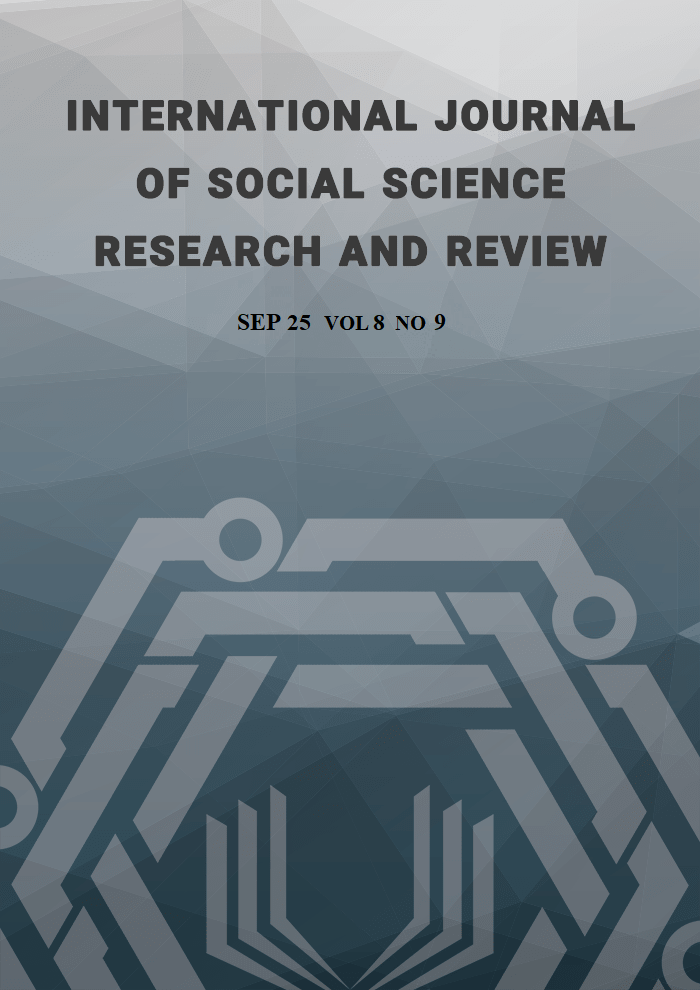Women Journalists and Agency: Reshaping Feminist Narratives in Media
A Comparative Study of the United States and India
Abstract
This study examines how women journalists exercise agency in shaping feminist narratives and influencing public discourse on gender equality. Through a comparative analysis of the United States and India, this research explores women's evolving roles in journalism and their strategies for challenging traditional narratives. Despite persistent structural barriers, women journalists have developed innovative approaches to story selection and framing that significantly impact public perceptions of feminist issues.
References
Akhileshwari, R. (2014). Women journalists in India: swimming against the tide. Delhi: Women Press.
Beard L, Dunn J, Huang J, and Krivkovich A. (2020). Shattering the Glass Ceiling. McKinsey & Company. February 13, 2020. https://www.mckinsey.com/industries/technology-media-and-telecommunications/our-insights/shattering-the-glass-screen.
Beasley, M. (2020). Women in journalism: Historical perspectives and contemporary challenges. Journalism Studies, 21(8), 1045-1062.
Bhagat, Pamela. (2004). Status of women journalists in the print media. National Commission for Women.
Byerly C. M. (2003). the Palgrave International Handbook of Women and Journalism. London: Palgrave Macmillan.
Byerly, Carolyn M & Ross, Karen. (2006). Women and Media: A Critical Introduction. Malden, MA: Blackwell.
Chambers, D. (2020). Gender and media representation: An introduction. Media, Culture & Society, 42(2), 234-251.
Chambers, D., Steiner, L., & Fleming, C. (2004). Women and journalism. Routledge.
Dhiman, S. (2023). Challenges and opportunities for women in Indian journalism. Asian Journal of Communication, 33(4), 287-304.
Fiedorek, K. (2024). How ≠METOO changed journalism. Report by Reporters without borders. November 18, 2024. Reporterzy.info, https://reporterzy.info/en/4834,how-metoo-changed-journalism-report-by-reporters-without-borders.
Garcia, Sandra E. (2017). “The Woman Who Created #MeToo Long Before Hashtags,” The New York Times, October 20, 2017, https://www.nytimes.com/2017/10/20/us/me-too-movement-tarana-burke.html.
Guttmann A. (2024). Women in Media in the U.S. - statistics & facts. Statista. March 11, 2024. https://www.statista.com/topics/3220/women-in-media/#topicOverview.
India Foundation. (2018). Women in Indian Media. November 12, 2018, Women in Indian Media – India Foundation.
Mehta, R. (2022). Gender dynamics in contemporary journalism: An analysis of workplace challenges. Media Studies Review, 15(3), 78-95.
Montalti, Victoria; Klein, Elana and Maniece, Mykenna. (2014). 45 groundbreaking women who changed the world of television. Business Insider. November 14, 2024.
Retrieved from https://www.businessinsider.com/female-tv-stars-who-changed-the-world-of-television.
National Sample Survey Office. (2023). Periodic Labour Force Surveys (2019-2023). Ministry of Statistics and Programme Implementation, Government of India.
O'Keefe, S. (2021). #MeToo and journalism: Reporting on sexual harassment in the digital age. Digital Journalism, 10(4), 623-641.
Pain, Paromita (2017). "When I ask a question, they look at me strangely": an exploratory study of women political reporters in India. Journalism Practice, 11 (10), pp. 1319-37.
Pain, Paromita. (2021). 'It’s Hard. It’s even Harder when You Are a Woman': Indian Women Political Journalists in Print and Online Media. Südasien-Chronik - South Asia Chronicle, 11/2021, pp. 85-104.
Ricca, Charlotte. (2022), The gender gap in media is still wider than you think. Digital Content Next (DCN). September 27, 2022.
Ross, K. (2009). Gendered media: Women, men, and identity politics. Rowman & Littlefield.
Ross, Karen and Carther, Cynthia. (2011). Women and News: A long and winding road. Media Culture & Society. 33(8) 1148–1165 DOI: 10.1177/0163443711418272.
Sengupta, Shampa. (2021). A New Study Talks About Sexual Harassment Of Women Journalists In West Bengal. Feminism in India. March 11. 2021.
Singh, Shristi. (2018). Women in Indian Media. India Foundation. November 12, 2018. Women in Indian Media – India Foundation.
Sinha, A. (2018). Women journalists and feminist discourse in contemporary India. South Asian Media Studies, 12(2), 156-173.
Sitlhou, M. (2019). Digital activism and women's movements in India: The case of #MeToo. Technology and Society Review, 7(3), 234-251.
Sonkar, P. (2020). Media coverage of #MeToo in India: An analysis of narrative frames. Gender and Communication Studies, 18(1), 89-107.
Sonkar, M., Soorma, I. & Akanksha, S. (2020). Can Social Media Mobilise Collective Action for Sexual Violence Against Women?: A Case Study of the #MeToo’ Movement in the Context of India. Vantage: Journal of Thematic Analysis, 1(1), 66-74.
UNESCO-UN Women. (2015). Inside the news: Challenges and aspirations of women journalists in Asia and the Pacific. Retrieved from https://asiapacific.unwomen.org/sites/default/files/Field%20Office%20ESEAsia/Docs/Publications/2015/06/Inside-the-News-FINAL-040615.pdf.
Williams, Gordon. (2025). The Evolution of Women’s Roles in Media Over the Past Century. Independently Speaking News. January 16, 2025. “The Evolution of Women’s Roles in Media Over the Past Century” - Independently Speaking | News Accessed 26 July 2025.
Women in Media Report. (2024). Annual report on women's participation in journalism. Women's Media Center.
Women's Media Center. (2019). The status of women in U.S. media 2019. Annual Report.
Women's Media Center. (2021). status of women in U.S. media 2021. Annual Report.
Copyright (c) 2025 Pahal Bhasin

This work is licensed under a Creative Commons Attribution-NonCommercial-NoDerivatives 4.0 International License.
Copyright for this article is retained by the author(s), with first publication rights granted to the journal. This is an open-access article distributed under the terms and conditions of the Creative Commons Attribution license (https://creativecommons.org/licenses/by-nc-nd/4.0/).





